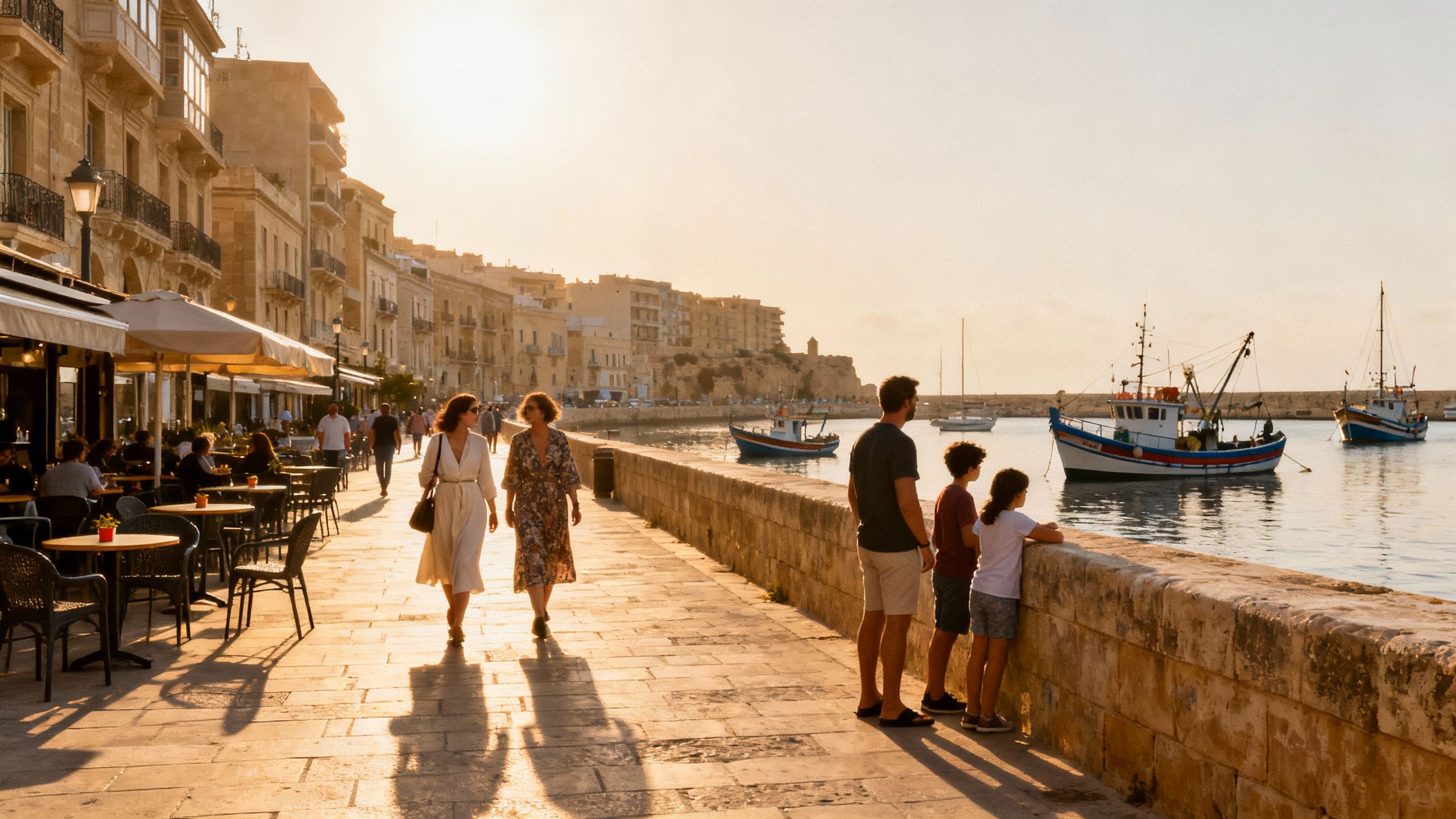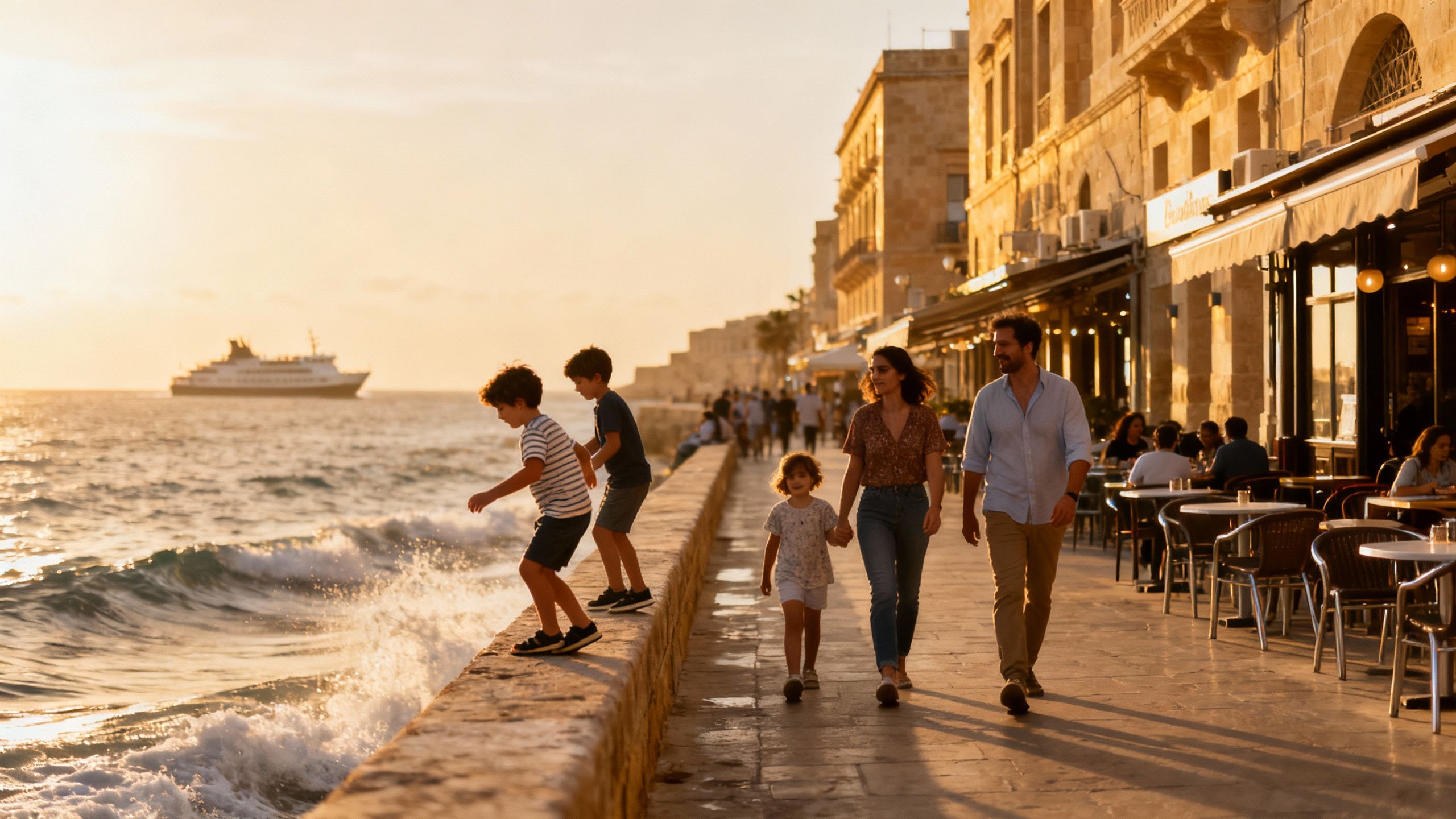France: Where Affordability Hides in Plain Sight
France’s ‘too expensive’ reputation masks regional variety — from market towns to coastal pockets — where lifestyle choices materially reduce living costs. Match place to rhythm.
Imagine waking on a cool Provençal morning, stepping onto a small terrace above a lavender-scented lane as a boulanger rolls fresh baguettes into a basket. Picture an evening in Lyon where a neighbourhood bouchon hums with conversation and local wine; or a weekend at the Breton coast with misted light and quiet beaches a short drive away. These moments are why many of us think of France first as a way of life, not a spreadsheet. Yet the conventional refrain — that ‘‘France is too expensive’’ — flattens a far more varied reality. Recent INSEE data shows inflation and consumer-price movements that temper the headline claim and reveal pockets of affordability across regions.
Living the French life: daily rhythms and neighbourhood character

France is not a single pace. Parisian mornings are brisk and metropolitan; provincial towns move with the season and the market day. Embracing local markets, small cafés, and the faster cadence of city life will cost differently than choosing a stone farmhouse in Dordogne where heating and transport become the larger line items. Living costs — from groceries to transport — vary with that choice; Wise and other compendia show everyday items can be modest compared with other major capitals, especially when you live like a local.
Neighborhoods that sing: examples worth visiting
In Aix-en-Provence stroll the Cours Mirabeau at dawn and you feel how civic life is organised around terraces and promenades; in the Marais the narrow streets reward those who prize architectural provenance and a lively cradle of galleries; while Saint-Malo’s ramparts and quiet side streets offer coastal living with lower year-round prices than the Riviera. These micro-characters determine everyday budgets: a market lunch and local wine in a provincial square often cost less than a single café in a central Paris arrondissement, and the experience is the larger reward.
Food, coffee culture and weekly markets are the social currency in most towns. In Paris the habit of eating out and frequenting cafés shapes spending in a way that differs from a village in Normandy where home cooking and seasonal produce reduce recurring costs. For buyers, this means assessing daily rhythm before square metre price; a home that encourages local life — a well-equipped kitchen, a market within walking distance — changes both living quality and monthly expense.
Lifestyle highlights to map against budgets:
Weekly marché: sample the organic stands in Lyon’s Croix-Rousse or the fish market at Étaples.
Café culture: morning espresso on Rue de Bretagne (Paris) or Place Sainte-Anne (Bordeaux).
Coastal walks: Brittany granite paths versus the promenades of Nice — different seasons, different costs.
Making the move: practical considerations where lifestyle meets market

The map of property prices in France is heterogeneous and often surprising. Coastal hotspots and prestigious Alpine resorts command premium per-square-metre figures, while many inland towns and some regional coastal strips offer substantial value. Market reports and notaries’ data show steady national averages but mask local dispersion: for an international buyer this is an opportunity rather than a barrier, provided you match neighbourhood character to your lifestyle and budget.
Property types and how they shape living costs
A 17th‑century townhouse in Aix requires different running costs than a recently renovated farmhouse in Lot-et-Garonne. Stone buildings often need specific maintenance — roof slate, limewash, insulation upgrades — which show up in annual stewardship budgets. Conversely, small town apartments with lower energy bills and proximate services can reduce monthly outgoings even in regions with modest purchase prices. Choose property type with an eye to both embodied quality and predictable maintenance.
Working with a local agent who understands lifestyle, not just price
1. Ask for a neighborhood day-in-the-life: markets, transport, noise patterns and seasonal shifts. 2. Request utility and maintenance estimates for comparable properties rather than generic budgets. 3. Verify public services (health, schools) and their proximity; these are daily cost drivers for families. 4. Check seasonal occupancy patterns — tourist towns can mean higher short‑term revenues but higher service costs. 5. Insist on recent energy performance (DPE) certificates to anticipate heating and insulation costs.
Insider knowledge: what expats wish they'd known
Expats often arrive with a city image — Paris or the Riviera — and only later discover how pockets of value shape a sustainable life. In recent months consumer prices in France have shown restrained inflation, which influences monthly budgets more than headline property prices. What newcomers wish they had done is spend a week living the neighbourhood rhythm before bidding: shop the marché, time the commute and ask locals where service shops and tradespeople are located.
Cultural connoisseurship: language, community and seasonal shifts
Learning enough French to read official notices, converse with a syndic or simply ask about winter heating saves both money and frustration. Community life often revolves around local associations, school fêtes and market days; participation brings both social capital and practical tips that reduce costs — sharing a trusted plumber, for example. Seasonal rhythms matter: towns built for summer tourism quieten in winter and that affects local service availability and prices.
Expats’ top practical tips:
Check local energy costs and a property's DPE score before offers.
Budget for artisan repairs in older homes — they preserve value but cost more up front.
Consider proximity to markets and schools as ongoing savings and quality-of-life multipliers.
1. Visit in both high and low season to understand service availability and running costs. 2. Ask an agent for comparative utility bills and recent maintenance invoices from sellers. 3. Secure a local contact (janitor/syndic) to explain communal charges and seasonal maintenance cycles.
Deciding where to buy in France is an exercise in matching temperament to place. If you prize café society and immediate cultural density, a Parisian arrondissement or a historic quarter in Lyon will answer that call — at a price. If you favour slow mornings, regional markets and gardens that carry through the year, the Dordogne, Lot or parts of Occitanie offer enduring value. The point is not cheapness but fit: the right neighbourhood will reduce daily spend while amplifying the life you came for.
If you want to feel what a French life costs, start with the senses: a market, a terrace, a walkable neighbourhood. Then ask for the numbers: local energy bills, syndic charges, seasonal service availability and recent maintenance records. An agent who can read both the ledger and the lifestyle will turn a myth about ‘‘expensive France’’ into an informed decision about where value and life align.
Next steps: make an appointment to live in a neighbourhood for a week, request three years of utility and maintenance records for shortlisted properties, and ask your agent to map everyday costs against seasonal life. These three actions will show whether a place is expensive in headline terms or simply costly to live in for the life you want. When lifestyle and stewardship align, the purchase becomes an investment in daily pleasures as much as in capital.
Dutch former researcher who moved to Lisbon, specialising in investment strategy, heritage preservation, and cross-border portfolio stewardship.


